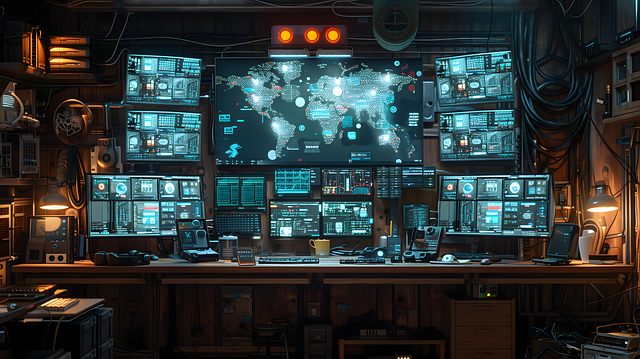
The trend towards more compact computers is also related to the advance of technology in general and to the evolution of users' needs and habits. In the last decade, we have seen how technology has advanced by leaps and bounds, providing more efficient and sophisticated solutions in an ever-smaller space.
The miniaturization of components has allowed us to have increasingly powerful devices in a much smaller size. Processors, RAM, hard disks and other internal computer components have improved significantly in terms of performance and efficiency, allowing them to be integrated into more compact devices without compromising their capacity.
Demand for portable and versatile devices has been steadily increasing in recent years. Users are looking for devices that allow them to work, communicate and access information at any time and place, which has led to the creation of ever lighter and more portable computers.
In addition, cloud integration and connectivity in most devices has enabled compact computers to have greater reach and functionality, as they can access a wide range of online services and applications without the need for large local storage capacity.
In terms of design, aesthetics and ergonomics have also played an important role in the compactness of computers. Manufacturing companies seek to create devices that are visually appealing, comfortable to use and adapted to the needs and tastes of modern users.
To summarize a bit, the trend towards more compact computers responds to a combination of technological factors, market demand and evolving user needs. The miniaturization of components, the demand for portability and versatility, the integration of cloud and connectivity, and the focus on design and ergonomics are some of the aspects that have driven this evolution towards more compact and efficient devices.